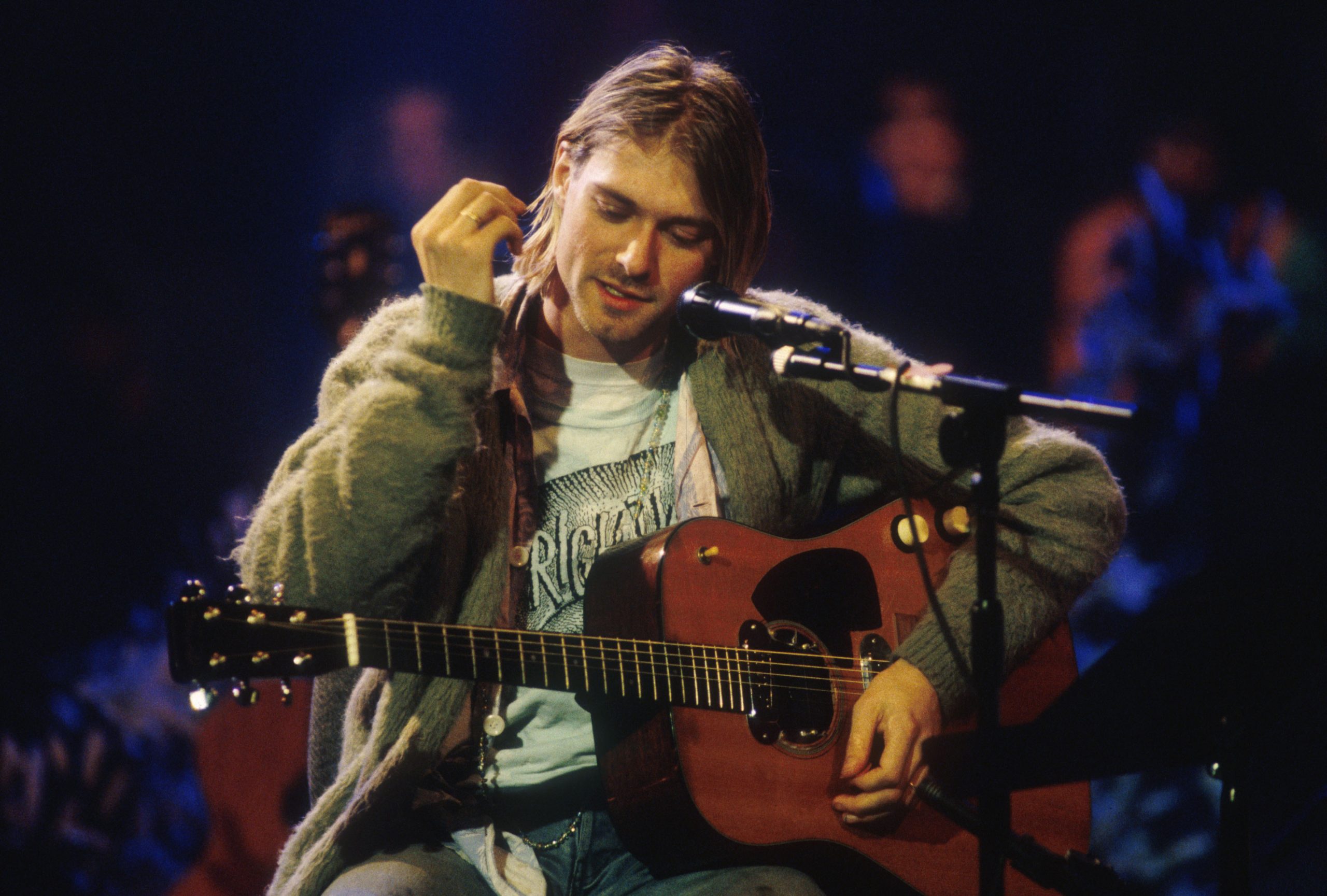Beneath the floorboards of his family home in Streatham, music producer Dan Carey hides lazers, smoke machines, and an entire music studio. He lives upstairs with his wife and children; music lives in his basement. While this may seem a strange setting for a professional studio, the peculiar décor and location are little more than symptoms of Carey’s offbeat approach to his craft.
Nearly eight years have passed since the aptly named Speedy Wunderground was first brought to life below the streets of London. Before opening the doors to his subterranean workshop, Carey set out a ten-point manifesto for music production. These principles would become the building blocks for the fervent sound that has come to typify Wunderground records. Carey’s guide reads as a lament to wasted hours spent dwelling over turgid recordings and evidences his disillusionment with contemporary production. Most significantly, clause seven insists that “the core of each song will be a live take recorded in the dark with smoke and lazers.” Carey’s unorthodox approach intends to replicate the atmosphere of a live performance, albeit in a basement rather than a typical music venue.
Nonetheless it is hard to argue against these methods. In 2019 alone, Speedy Wunderground produced two Mercury Prize nominees in the form of Fontaines D.C.’s Dogrel and Black Midi’s Schlagenheim. The common denominator between both records is their trueness to the raw sound of their respective artists. Carey maintains that live recordings possess a quality that is lost amidst the algorithms of modern production and that, in trimming the excess of computerised overdubs his studio creates an end product that is an actual faithful reflection of the artist. As Fontaines DC frontman Grian Chattern explains, “Dan [Carey] doesn’t do perfect.”
Carey is not alone in his philosophy, not least amongst artists. Neil Young vows that there is an inherent quality to the first performance of a song that is lost forever after, hence why ‘Sugar Mountain’ exists as a live recording rather than a studio production. Indeed, even in the age of trigger-happy production, some artists still favour live takes. Hozier’s ‘Cherry Wine’ was recorded as a live take performed in an abandoned hotel amidst the chirps of the dawn chorus.
The authenticity of live recordings lends itself emotion, and explains the popularity of live albums as a whole. It is not hard to understand why fans buy into this sentimentality. For instance, Nirvana’s iconic MTV Unplugged is likely the closest twenty-first century grunge aficionados will get to hearing their idols first hand. Much like a fine wine, it seems live albums may grow tremendously in value and reverence as they age.
Atonement for having been born in the wrong generation is not the sole motivation behind the purchase of live albums. For some, a live album acts as a replacement for having missed out on tickets to see a favourite act, for others they serve as a memento of a night well spent. In the run-up to Christmas, Belle and Sebastian released What to Look for in Summer, a live compilation album, while Arctic Monkeys delivered their Live at The Royal Albert Hall as part of a fundraising effort for War Child.
Such releases are, however, not without their critics. Charity releases aside, some see a live album as an easy cash grab for artists. The recording process is not prohibitively expensive for many touring acts and presents an opportunity for a substantial payoff.
Traditionally live albums were notorious for poor sound quality leading dissenters to question why anyone would pay good money to hear their favourite songs butchered by the drunken chaos of a live crowd. Such complaints however, may be issues of the past. Recording technology has come a long way since the dark ages of overwhelming background noise, and modern live albums can be as well mixed as their studio counterparts. The indistinguishable noise of Ramones live recordings would be put to shame by the capably mastered productions of the modern day.
Regardless of sound quality, no live recording can recreate the gig experience. Those who ask why one would choose to torment themselves with the sounds of gig on which they missed out pose a valid question. A live album provides a glimpse through the peephole but no amount of imagination can replicate the chaos and magic of the performance itself.
And yet one painful truth remains. As we enter the new year with scant idea of when we will next experience live music, recordings may be the closest we can get to the real thing for now. So, as you plug in your headphones, close your eyes and imagine it’s all real. The manic brutality of a crowd seems a distant memory now, but soon enough we’ll find ourselves stuffed into packed audiences, living in a state of primal fear that can only be induced by feeling a pint of what you hope is beer leap onto your scalp. In the meantime it might be worthwhile investing in a smoke machine. There’s a little while to go yet.
Image: Frank Micoletta Archive

